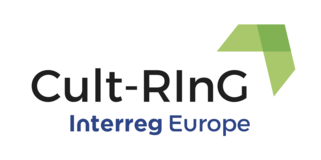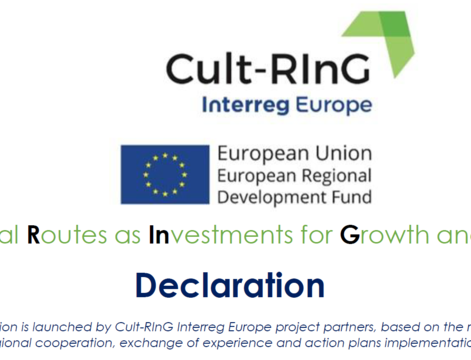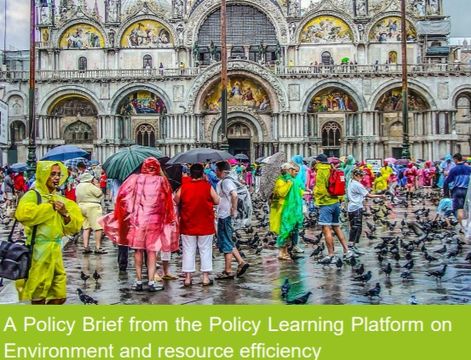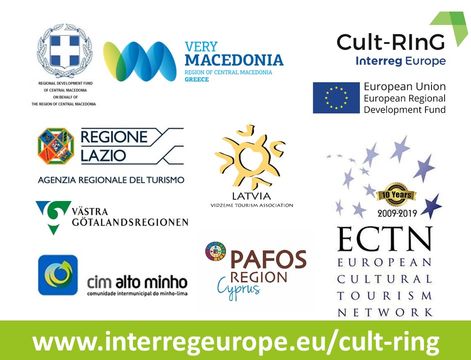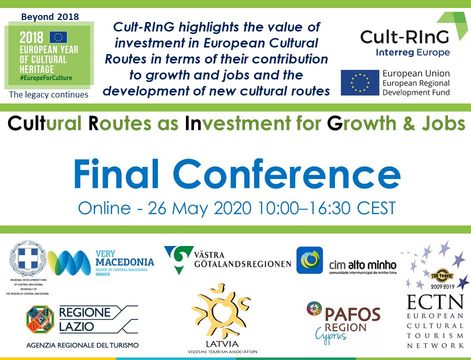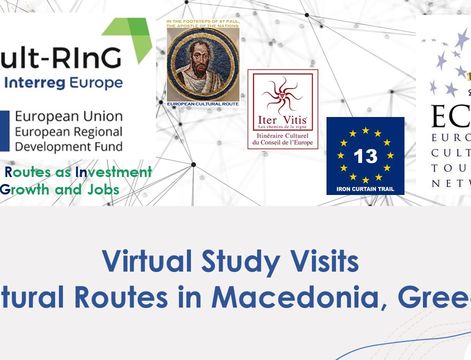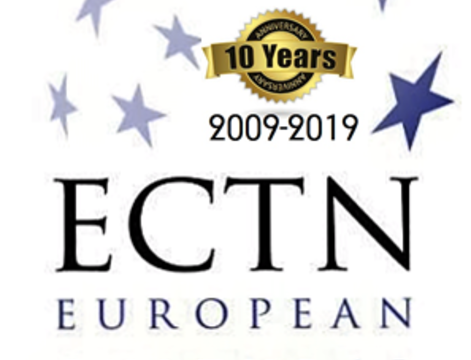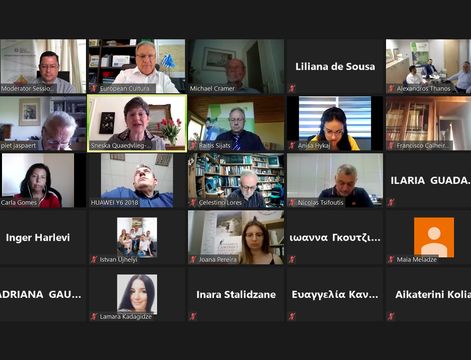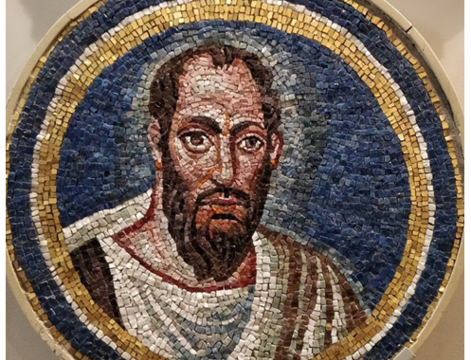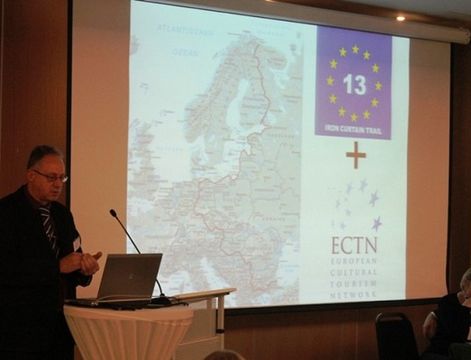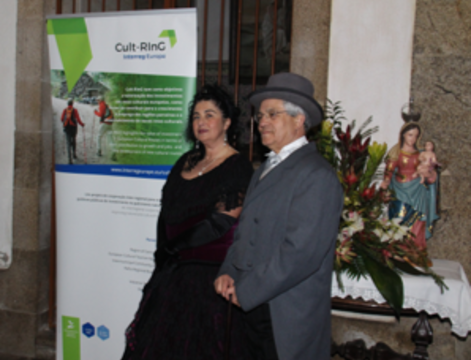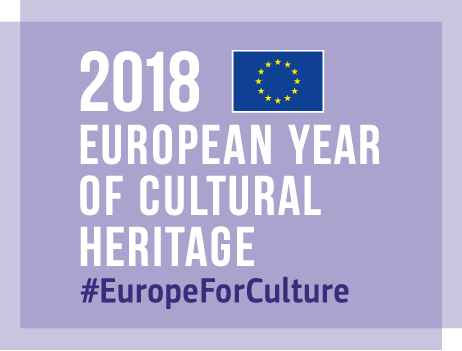Cult-RInG project is featured in a new Policy Brief from the Policy Learning Platform on Environment and resource efficiency, entitled:
"Sustainable Tourism: Strateges to counteract overtourism".
The reference to the Cult-RInG project is under a section on "Creating new sustainable itineraries ". Cultural Routes are considered as a way to diversify the tourism offer and tackle seasonality by peak spreading:
"Interregional cooperation brought about solutions that proved successful in creating new sustainable itineraries and new tourist attractions. They may inspire strategies for decongesting overcrowded tourist destinations all over Europe. Very frequently the good practices coming from the Interreg Europe community offer a model for sustainable and responsible tourism that seamlessly integrates the local and regional tourist offer all year long, thereby allowing visitors to experience the cultural and natural heritage also off the tourist season."
The paradigm from Cult-RInG project is the contribution to the certification of the 'Iron Curtain Trail' (EuroVelo 13 cycling route) as a Cultural Route by the Council of Europe in 2019:
The idea of an Iron Curtain Trail was initially conceived in 2005 by Michal Cramer, a former MEP and Chair of the European Parliament’s Committee on Transport and Tourism, to commemorate the former division of Europe in a way that would promote sustainable development. In 2011, the Iron Curtain Trail was designated as “EuroVelo 13” thus officially becoming part of the EuroVelo network, a pan-European project run by the European Cyclists’ Federation (ECF).
Today, EuroVelo13 stretches over more than 10,400 kilometres, from the Barents Sea to the Black Sea, passing through 20 European States (including 6 non-EU countries). The peculiarity of this trail is combining cycling tourism with the valorisation of both cultural and natural heritage along the line that used to divide our continent in two blocks. While celebrating the reunification of Europe, this cycling trail also intends to promote high-value natural landscapes treasured by the European Green Belt (biodiversity-rich areas where nature took over the former border).
In 2018, the ECF submitted an application with the support of the Cult-RinG project partners Central Macedonia (Greece) and the Vidzeme Tourism Association (Latvia) to seek the designation of the Iron Curtain Trail as a Cultural Route of the Council of Europe which was successfully granted in April 2019.
The good practice identified and documented in 2018 by the advisory partner European Cultural Tourism Network (ECTN) is:
Iron Curtain Trail EuroVelo13: Reunification of Europe Cultural Route
The 'Iron Curtain Trail' (ICT) contributes to experiencing the history of Europe's division by the development of the 'Reunification of Europe Cultural Route' for growth and jobs.

The founder of the 'Iron Curtain Trail', Michael Cramer, MEP 2004-2014 and Chair of the European Parliament Transport and Tourism (TRAN) Committee 2009-2012, a keynote speaker at the Cult-RInG Workshop in Riga, Latvia, November 2017, where the campaign for the application for certification as a Cultural Route of the Council of Europe was launched.
Michael Cramer is an Honorary Member of ECTN since 2019.

